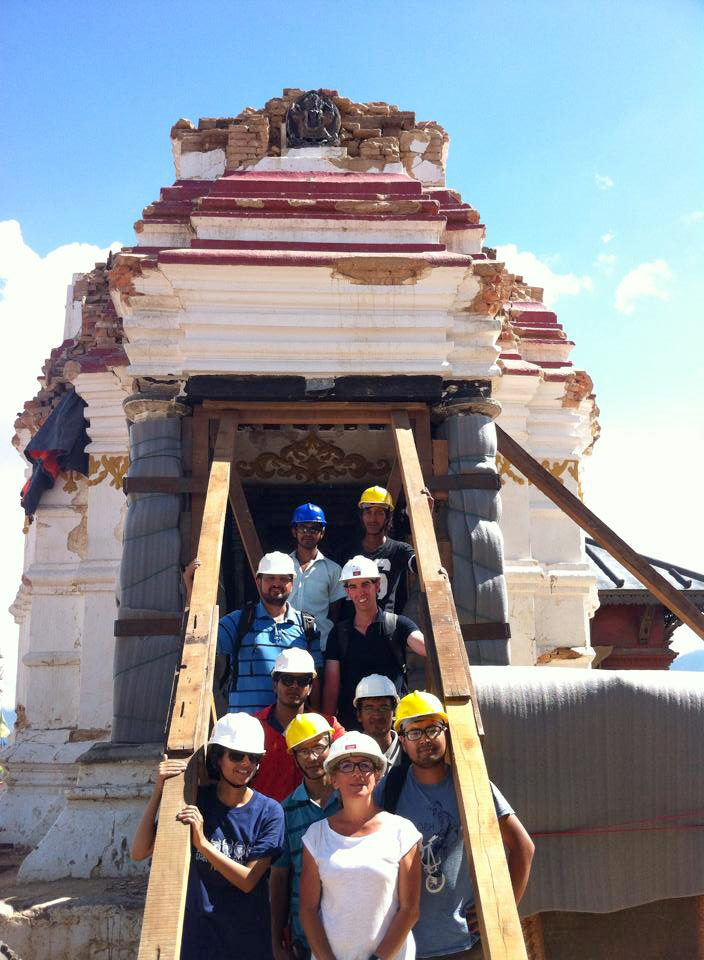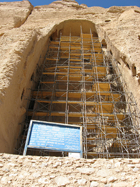ICOMOS-ICCROM-ICOM and Smithsonian Institution collaborate on First Aid to Nepalese Cultural Heritage affected by recent earthquakes.
 Following post-earthquake reconnaissance mission to Nepal, ICOMOS along with ICCROM, ICOM and the Smithsonian Institution and the Department of Archaeology, Government of Nepal in close cooperation with UNESCO Kathmandu office, recently organized an initiative for “First Aid to Nepalese Cultural Heritage for Recovery and Risk Reduction” from 8th to 24th June 2015. This was financially supported by ICCROM, the Smithsonian Institution and the Prince Claus Foundation, Netherlands.
Following post-earthquake reconnaissance mission to Nepal, ICOMOS along with ICCROM, ICOM and the Smithsonian Institution and the Department of Archaeology, Government of Nepal in close cooperation with UNESCO Kathmandu office, recently organized an initiative for “First Aid to Nepalese Cultural Heritage for Recovery and Risk Reduction” from 8th to 24th June 2015. This was financially supported by ICCROM, the Smithsonian Institution and the Prince Claus Foundation, Netherlands.
- Details
The intentional destruction of cultural heritage sites in Libya, especially of Sufi shrines and libraries in Zliten, Misrata and Tripoli, has raised the concerns of international community.
ICOMOS, the International Council on Monuments and Sites, condemns any kind of intentional destruction of cultural heritage and desecration of religious places.
The Blue Shield

[Website]The Blue Shield acts globally to protect heritage during emergency situations – armed conflict and natural or man-made disasters. It was founded in 1996 by the four key international organisations in their domains, the International Federation of Library and Information Associations and Institutions (IFLA), the International Council on Archives (ICA), the International Council of Museums (ICOM), and the International Council on Monuments and Sites (ICOMOS) – who all sit on the Blue Shield’s Board.Following the widespread destruction of the Second World War, UNESCO adopted the 1954 Hague Convention for the Protection of Cultural Property in the Event of Armed Conflict and its First Protocol (1954) and Second Protocol (1999) which created rules to protect cultural property during armed conflicts. This was the first widely adopted international treaty and highlighted the concept of common heritage. The Blue Shield network, often referred to as the cultural equivalent of the Red Cross, was formed in the run up to the adoption of the Second Protocol and today works globally to protect cultural heritage in emergency situations.During the past decades, we have continued to see our cultural heritage suffer damage and destruction. Natural or man-made disasters, wars and ethnic or religious conflicts represent a significant threat to the ability of future generations to enjoy the heritage we have today.It is therefore a necessity to inform, train and help cultural heritage experts and other stakeholders to safeguard and protect our memory in order to pass it on. The Blue Shield, both at the international and national levels, provide a means for achieving this.
For more information – see https://theblueshield.org/



